
Hannah C.


Leukemia Treatment Can Potentially Treat Pediatric Brain Cancer
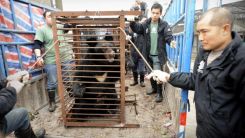
Campaigners Fight for Freedom of Moon Bears Whose Bile Is Used for Traditional Medicine

Proteus Is the First Material Resistant to Cutting Tools

The FDA Updates Their List to 75 Harmful Sanitizers

The CDC Reports How COVID-19 Spread on Cruise Ships

Diabetes Drug May Be Effective Treatment for ALS

Multiple Toxins Are Found in Florida Waters
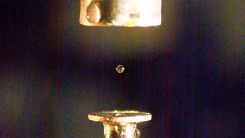
[COVID-19 Update] How Does the Weather Affect Covid-19 Droplets?

3 Healing Properties of Turmeric
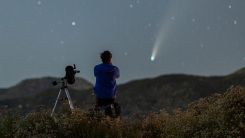
Comet NEOWISE Is Here Until the End of July
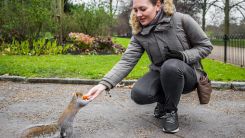
Colorado Officials Report the First Human Case of Bubonic Plague
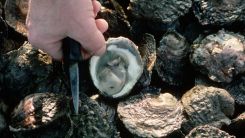
Fortified Shellfish May Reduce Vitamin Deficiency Around the World

Steroid Treatment Proven to be Beneficial for the Immune System of Coronavirus Patients

China Is Getting Ready to Launch a Rocket to Mars
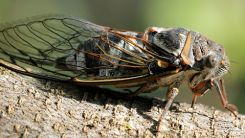
A Natural Water Repellent Nanostructure Is Found on Insects

Diabetes: Learn The 3 P’s That Indicate Its Early Symptoms

Pandemic Personality Test – Are You a Rule-Breaker or Follower?
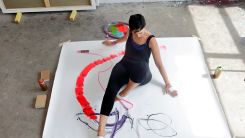
5 Ways Art Helps With Mental Health

How Effective is Contact Tracing?
The American Beautyberry: Helping Antibiotics Work Effectively
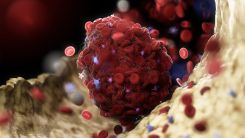
Coronavirus Linked to Blood Clots in the Legs of Patients

Fossil Fuels and Cows Are Contributing to More Methane Emissions Than Previously Thought
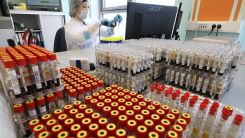
How Well Do COVID-19 Antibody Tests Perform?
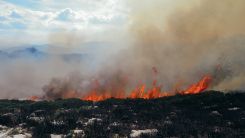
‘Impossible' Arctic Wildfires Emerged Due to Global Warming

A Blood Test Can Determine When You Might Get Arthritis Symptoms
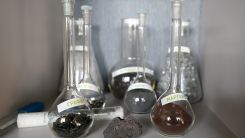
Scientists Discover Bacteria that Eats Metal and Produces Manganese Oxide

4 Best Ways to Stay Fit During Quarantine
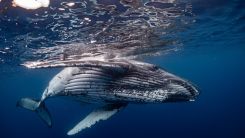
How Does a 33-Foot Humpback Whale Drown?
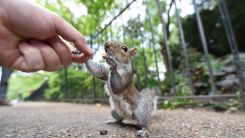
The Bubonic Plague Is Now in Colorado, Health Officials Warn
Most Popular

Can the World Run Out of Water? Water Scarcity Science and Climate Impact Explained

Solar Maximum 2026: Inside the Sunspot Cycle and Solar Activity Forecast Astronomers Are Watching

Volcanic Warning Signs: How Magma Movement Reveals Eruption Prediction Clues for Geologists

Could Technology Prevent Natural Disasters? How Disaster Prediction and Early Warning Systems Could Save Lives




